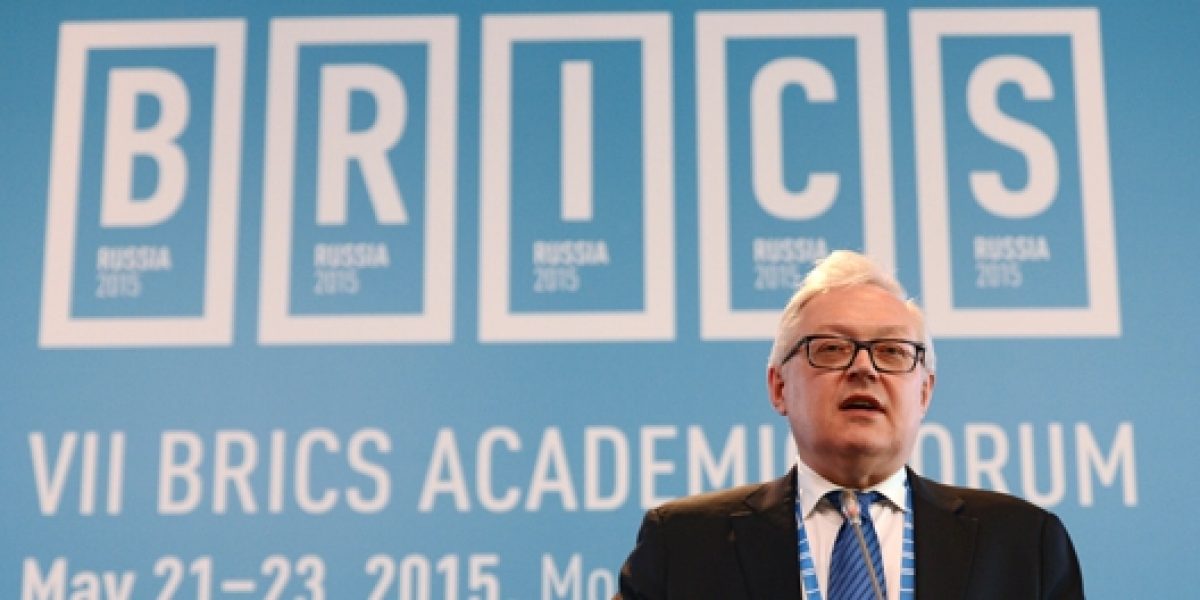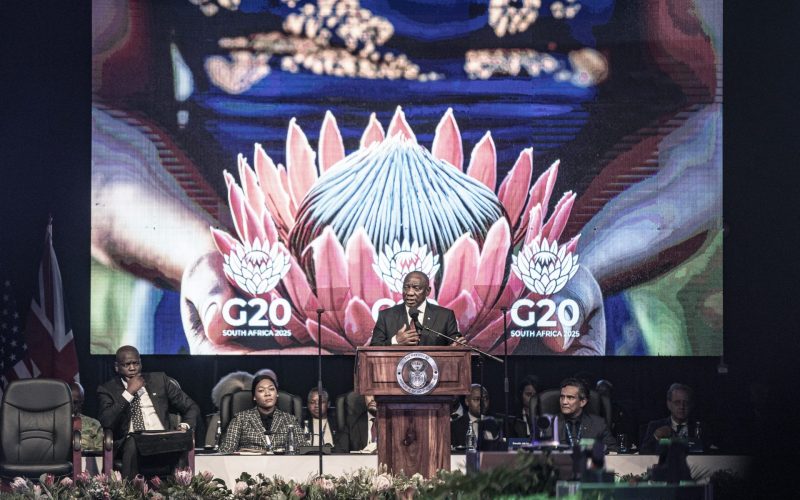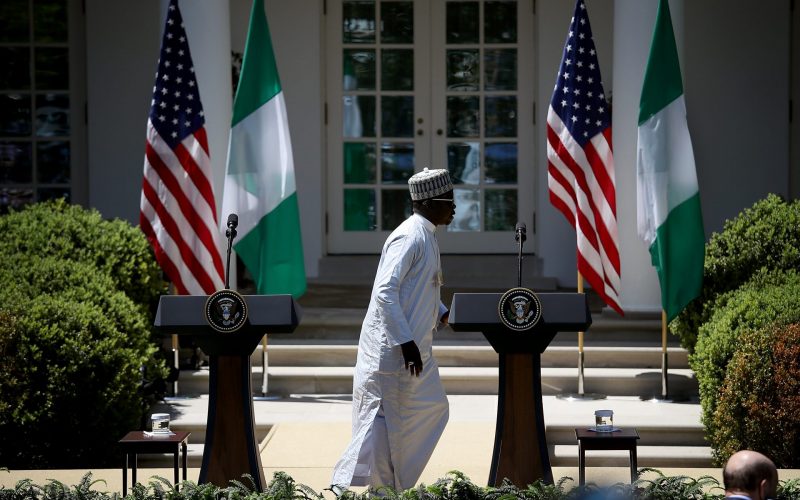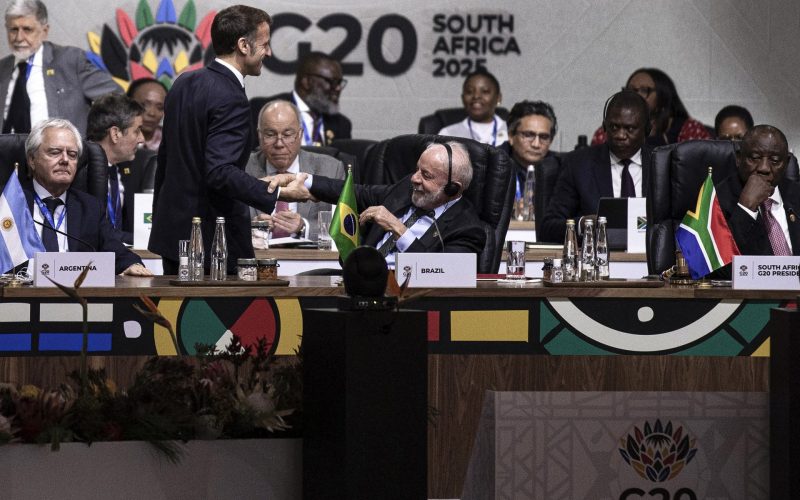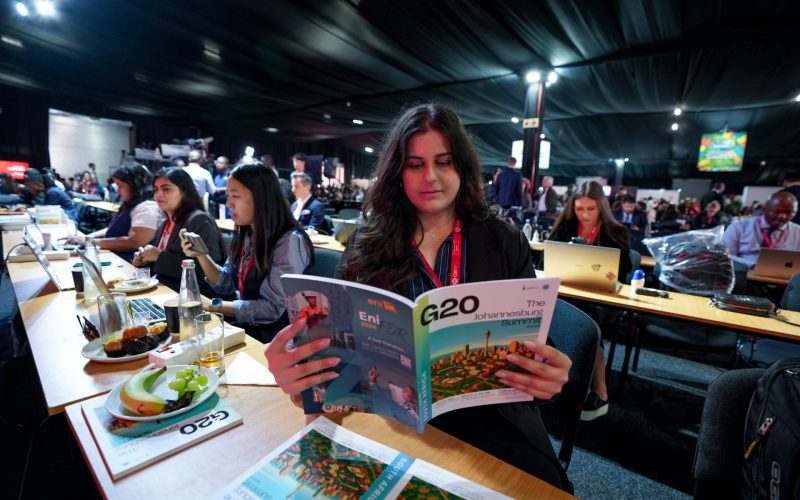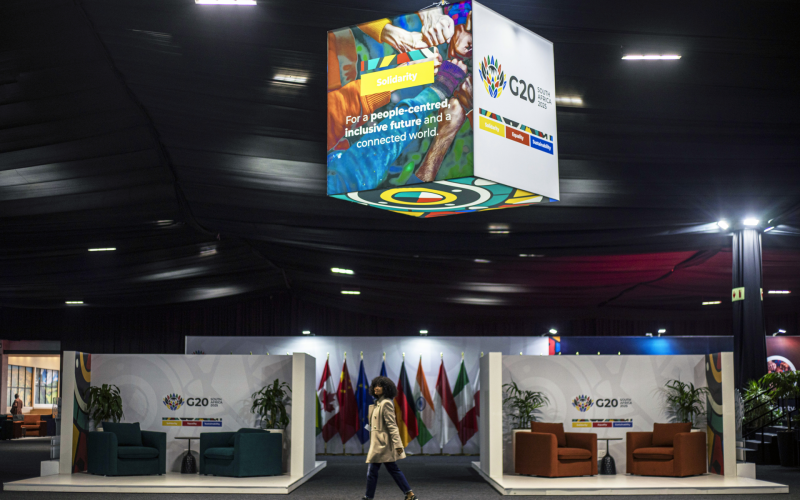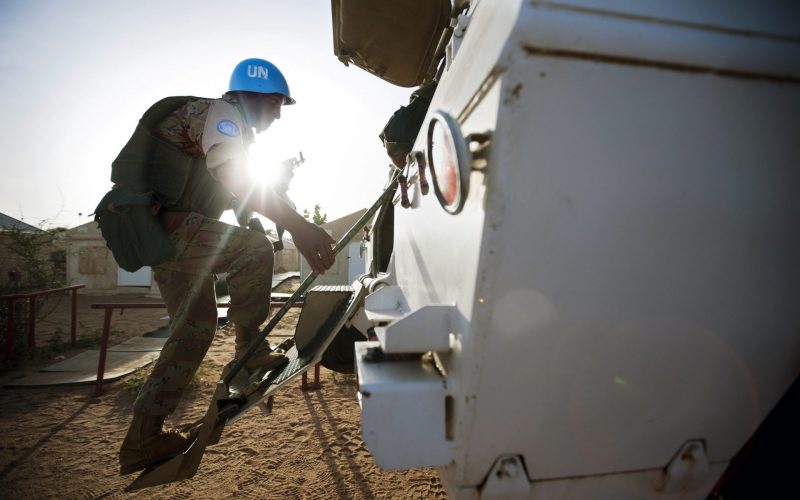Under the title of ‘Co-operation for growth, security and prosperity’, the Academic Forum comprised 11 themes ranging from the plenary on ‘Building a Fair World Order’ to breakaway sessions on reforming the international financial system, ICT and Internet governance, the integrity of the rules-based trade regime, social problems and quality of life, and peace and security.
While it was an opportunity for academics from the five member states to discuss and exchange views on these issues, it also provided an opportunity to the host, Russia, to set out its foreign policy drivers in the context of the BRICS and the shifting global order. This included its vision for the Eurasian Economic Union (EEU) and the possible linkages with China’s ‘One Belt’ initiative that traverses Central Asia and ends in Europe. One Russian academic spoke about the potential to create a single economic space of the EEU and China from Korea to Portugal. It would not make sense, he argued, to build a ‘hostile alternative’ in terms of the West; rather such an approach would allow for greater co-operation in building a ‘more secure world’.
Russia has repeatedly emphasised that BRICS stands for the rule of law and against the use of unilateral force, and all its members pursue independent foreign policies. In the development of the BRICS long term strategy, which will be launched at Ufa by the leaders, Russia led on the peace and security cluster and had a number of speakers in that panel at the Academic Forum. Invariably the matter of the West’s response to Crimea, Ukraine and the resulting sanctions against Russia played a prominent role in many of the Russian presentations.
However, one of the more interesting presentations was made by a Russian discussant. He provided a comprehensive overview of the strategic military areas in which the BRICS could co-operate or develop common approaches.
These included the possible redesign of Russia’s proposed European Security Treaty (announced by President Medvedev in 2008) into a BRICS security treaty; non-deployment of nuclear weapons in space; co-operation on nuclear non-proliferation and the Comprehensive Nuclear Test-Ban Treaty, which has not entered into legal force yet (China and the US among others have not ratified it, while India has not signed it); co-operation on the long-standing proposal to negotiate a fissile material cut-off Treaty; creation of a joint nuclear bank; joint BRICS observer missions to conflict areas; co-operation in the regulation of private military companies; and the convening of a council of regional organisations on conflict resolution.
In contrast to this bold agenda, South Africa’s focus in the discussion on peace and security emphasised our approach towards the continent: conflict resolution, peace building and development. In the concluding session it elicited a quip from an Indian delegate that the BRICS were made up of two soft powers (South Africa and Brazil), two hard powers (China and Russia)… and India was ‘confused’.
As the BRICS start to flex their thinking muscles on a global agenda, the potential and scope for greater collaboration is becoming more apparent, while also highlighting the divergences in approaches and capacity. That requires South Africa to identify its core interests and strengths in its engagement with the BRICS. As pointed out by the head of the SA delegation, Dr Olive Shisana, BRICS is not a military bloc; it is trying to improve the lives of 43% of the global population and its focus should be on social justice and inclusion.
My presentation formed part of the breakaway session in ‘BRICS and the outside world: Perceptions and Opportunities for managing BRICS image’.
Download the report: Democratising the BRICS image through inclusive global agendas.

